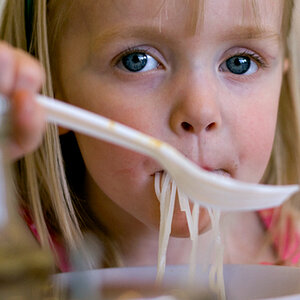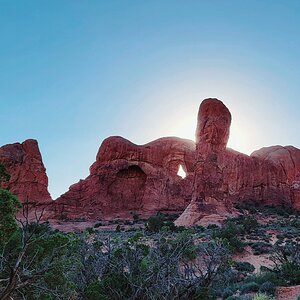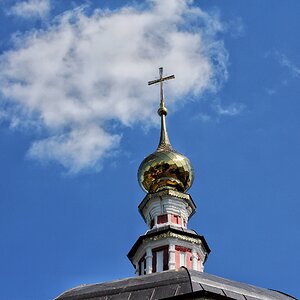cherylynne1
No longer a newbie, moving up!
- Joined
- Dec 8, 2015
- Messages
- 663
- Reaction score
- 254
- Website
- www.flickr.com
- Can others edit my Photos
- Photos OK to edit
No problem. I used to believe that photos needed extensive amounts of editing and retouching, but when I discovered that I should be letting the light do that work it changed everything, both in terms of time saving and being able to create better quality photos.Do not subscribe to the belief that editing trumps lighting or comes anywhere near being as important, because that is absolutely wrong. Without light there would be no photograph, so lighting should be the single most important aspect of your photograph. The light should be doing the sculpting for you. Most good retouchers emulate a makeup technique called contouring and highlighting with their dodging and burning, but I don't have much time to spend editing a photo, so I choose to emulate the makeup technique's sculpting pattern with the lighting. This not only saves me time and pain by not having to edit and retouch as much, it sculpts your subject naturally and basically gives you lines to follow in case you do need to enhance the contour with dodging and burning. I have clients who request unedited photos, and following this principle of getting the lighting right at exposure ensures that I can still deliver quality photos that I'm proud of.To me natural light is very much the same as artificial. It's all about the way it sculpts the person's features, not about the light source itself.Incredible, especially considering that it was shot using available light. I know you mentioned once that you would post a dodging/burning tutorial, did you ever do that? (Sorry, I've been away from the forum for awhile.) I'd be especially interested to see how a shot like this would start out. Natural light seems to follow different laws of physics for you than for me.
I'm still planning to make some retouching videos and TPF will be the first place I share them for free, hopefully with some actions as well. I work a lot though, both at my day job and photography, so it's a process that's taking more time than I expected.
That would be amazing!
I've been thinking lately that it's possible that it isn't my natural light shooting skills that are lacking as much as my post processing skills. I follow another photographer on Facebook who does amazing natural light portraits. Awhile back he started showing some before and after shots, and I realized that he isn't really finding completely magical light. He's just using shots that I would have thrown out for being too "flat." The natural light is only faintly sculpting the features, so I throw it out and turn on the flash. But maybe I just need to learn how to emphasize the light that's already there.
I have watched some dodging/burning tutorials and tried them out, but I feel like I'm overdoing it or underdoing it or something. It's a tricky thing to balance just right.
Mainly what I use dodging and burning for is to clear the skin, and sometimes to create cleaner lines. Here's a before/ after of the photo from this thread. Editing was minimal. Everything else revolves around the lighting, the camera settings, the model and the styling. Editing is only a small part, and if the client did not pay for retouching I would be perfectly happy delivering the unedited shots to them (after removing dust spots).
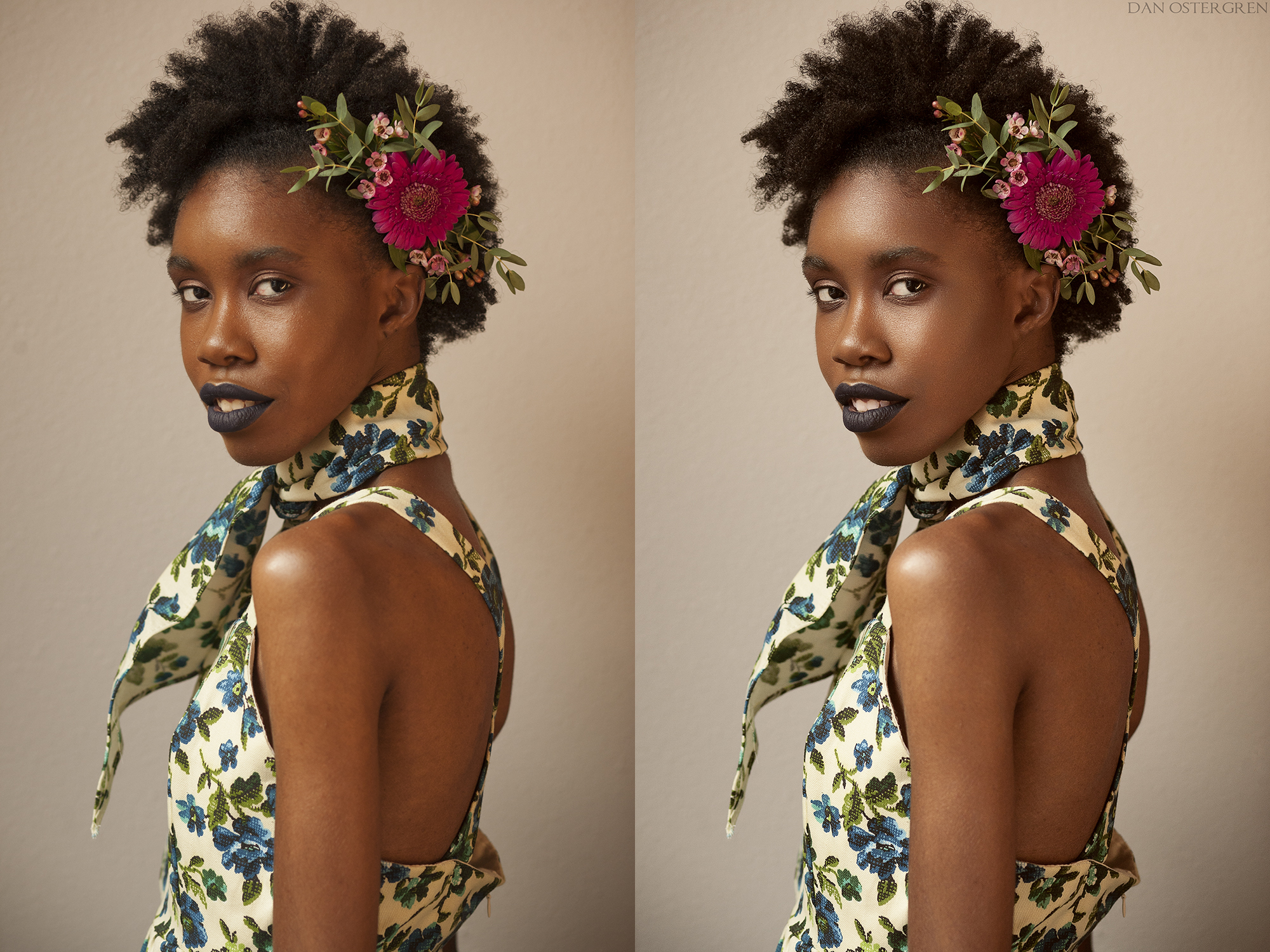
Wow, your before/after is nothing like his...and you're right, it could be delivered as is.
Back to practicing for me!! Thank you so much!
With flash and controlled conditions, my before and afters are similar, in that there isn't a drastic change and most of the focus is on very subtle adjustments. (Though of course they still aren't as good as yours!!) But I never get that kind of result with natural light. It always requires a ton of editing to get something usable. There are a few times when I recognize good lighting conditions, but seeing as my models aren't particularly cooperative (since they're toddlers) it's hard to get just the right angle. Much easier to move the sun than to get the two-year-old to tilt his head and hold it.


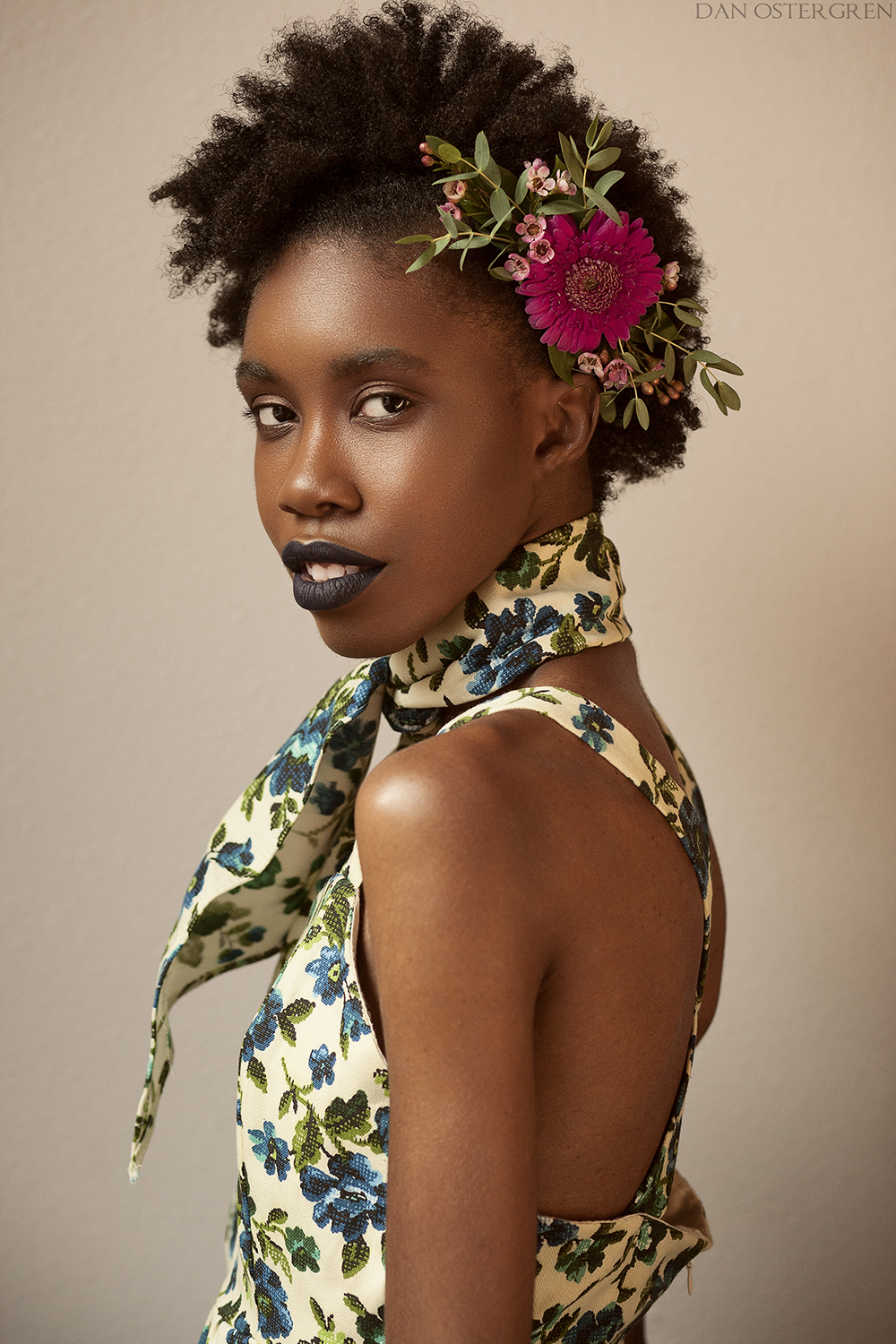
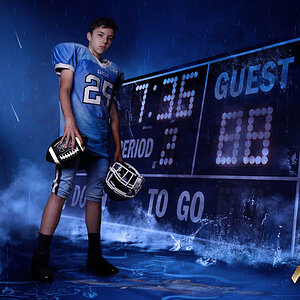
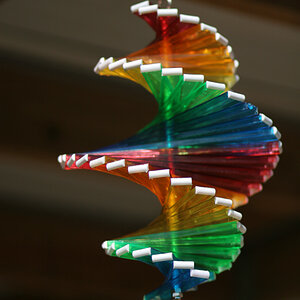
![[No title]](/data/xfmg/thumbnail/41/41796-690c109012575e084970902dbd3894ba.jpg?1619739896)
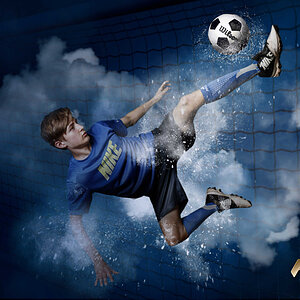
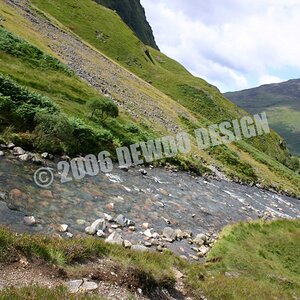
![[No title]](/data/xfmg/thumbnail/37/37099-7f42b61932abea7ffe1be7746e7bd261.jpg?1619737881)
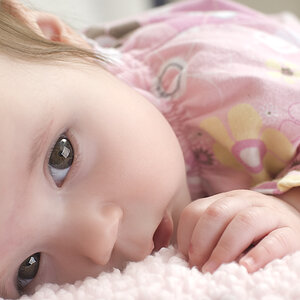
![[No title]](/data/xfmg/thumbnail/42/42276-99df5da06c3e5dc83ae4bab11e935910.jpg?1619740085)
